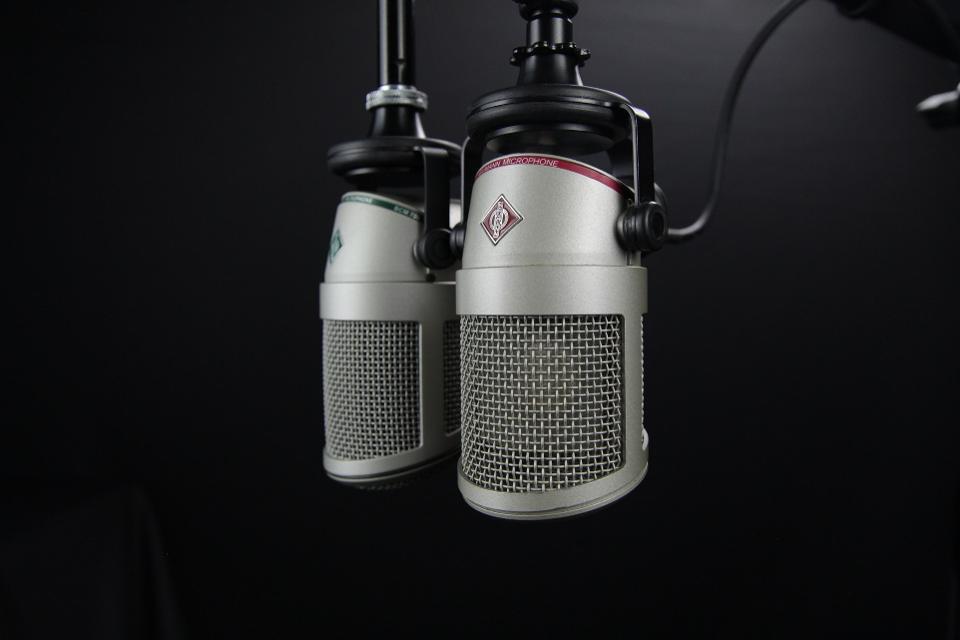

Podcasts are hot right now. Over 112 million Americans have listened to a podcast, which is more than 40 percent of Americans age 12 or older, and 67 million Americans listen to podcasts at least monthly (a number that’s up 14 percent in just one year). Thanks to breakout hits and the convenience of listening on a mobile device, podcasts have seen a massive resurgence in popularity, and marketers are starting to cash in.
One downside to this increase in popularity is also an increase in competition; if you want a slice of the pie, you’ll be fighting against multiple other marketers planted squarely in your niche (many likely with more experience than you have). So what can you do to even the odds?
One solution is to use search engine optimization. Just like traditional SEO, podcast search optimization relies on improving your podcast’s visibility in search engines; the only differences are the tactics you’ll employ and the engines you’ll attempt to top.
Discovery Channels
Podcast SEO is a broad category of strategies, in part because there are so many podcast discovery channels (aka podcast directories) to choose from. Out of all of them, iTunes is the most popular, but you’ll also need to consider Stitcher, Player.fm, and others. You may also want to consider how your podcast ranks in Google search (as podcast links can appear within Google search results), and consider creating a website to further support your efforts.
Fortunately, most of these internal search engines work more-or-less the same, so the same collection of tactics can be applied to each one.
List Rankings vs. Search Rankings
Most podcast directories have two main ways of enabling new podcast discovery: list rankings and search rankings. List rankings are generalized rankings that display attractive podcasts to prospective listeners; in iTunes, for example, this is the “New and Noteworthy” section. Search rankings, on the other hand, only appear when a user performs a search.
It’s possible to use the same techniques to rank for both results. However, search results are more heavily dependent on keyword relevance, and list results are more heavily dependent on authority and popularity scores.
Ranking Factors
Just like with traditional SEO, we don’t have a confirmed list of all the ranking factors that enter into the equation. However, we do have a list of theorized factors that influence your rankings in both list results and search results—and many of them bear resemblance to traditional SEO tactics:
- Podcast name. Start by optimizing your podcast name to appeal to your target demographics. Usually, the simpler this title is, the better. Include at least one keyword that you imagine your listeners would search for in the title, and try to keep it as concise as possible. For example, if you have a video game podcast, structure your podcast’s name as “[Podcast Brand Name] – A Video Game Podcast”. Including your target keyword in the title of your podcast is an excellent way to immediately gain search visibility across all directories.
- Episode name. Next, name your individual episodes (a tactic that demands recurring attention) including keywords your audience is most likely to use. You’ll want to include at least one keyword related to your episode’s topic, and be as descriptive as possible to attract new listeners. This is often the first thing your listeners will see. While you’re sculpting the perfect title, truncate it if you can; that way, listeners will be able to see the title in full when searching.
- Categories and tags. Pay attention to any category or “tag” options available to you. These will vary based on what directory you’re listed in, but often serve as valuable shortcuts to rank for certain keyword searches (or appear to people browsing within a certain field).
- Total subscribers. The more subscribers a podcast has, the more likely it is to rank highly. This isn’t a universal rule, as some directories will rank new podcasts to give them a better chance to build popularity, but more subscribers is never a bad thing. This may be hard to generate initially.
- New subscribers. Some directories, including iTunes, also rank podcasts based on the number of new subscribers they’ve attracted in the past week. Fast-growing podcasts can sometimes temporarily outrank long-standing podcasts with large, but slower-growing subscriber counts.
- Plays and downloads. As another indication of podcast popularity, most directories will consider the total number of episode plays and downloads a podcast has received. This doesn’t mean you should artificially boost these numbers with bots or paid subscribers, but it’s an important factor that can’t be overlooked.
- Ratings and reviews. As you might imagine, podcast directories have a vested interest in making sure only the best podcasts make it to the top. Accordingly, podcasts with lots of high ratings and positive reviews are going to rank higher than their competitors. Monitor your reviews frequently, and periodically ask your listeners to leave reviews.
As you can see, most of these tactics are secondary indicators of quality, so your best overall strategy is simply creating high-quality content (on a consistent basis) that people want to hear.
Attracting Initial Traffic
Many optimization strategies, including your subscribers, your total downloads, and your ratings and reviews, depend on attracting and building an audience. It’s a difficult relationship; ranking higher in podcast searches means you’ll gain more followers, but you need more followers to rank higher in podcast searches.
If you’re looking for more ideas to promote your podcast beyond just search optimization, make sure to check out my post on 101 tactics to boost your podcast’s visibility. And in the meantime, focus on applying SEO best practices for your podcast whatever you can.
[“Source-forbes”]
